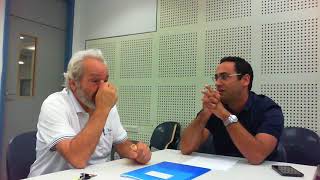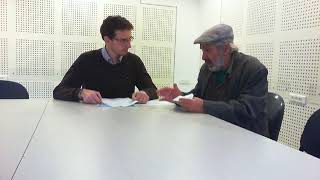Synopsis of the scenario
Mr. Pottock is a retired accountant who is showing early signs of dementia affecting mainly his short term memory and his concentration.
He previously visited this doctor with a shopping list of items- among them a urinary tract infection for which treatment was prescribed. He now returns to the doctor after being hospitalized with acute uro-sepsis during which time there appeared a transient worsening of his mental status: confusion, hallucinations, etc.,
He is particularly anxious about the terminology “cognitive changes” used in the discharge summary in light of the fact that his older brother is suffering from Alzheimer’s disease.
Summery of the action in this interview
The doctor had difficulty in arriving at a clearly defined and itemized agenda with the patient. This occurred in part because the patient’s C.A.S.E was not addressed by the doctor. This left the patient with the feeling he was not being heard and caused him to return to his personal agenda repeatedly. The doctor’s behavior appeared to be “doctor-centered” – focused on the doctor’s role of a problem solver, rather than “patient-centered” – relating to patient’s concerns, feelings and concepts. The doctor’s body-language reflected his attempts to provide structure to the interview; There were a number of missed opportunities to employ the general formula R3No2Ad2 for setting limits on the patient- opportunities that would have required using “reflection” as a technique This film offers examples of missed cues.
Despite the description as having a doctor-centered approach the doctor used some nice examples of sharing [at 2.55 and 5:40 respectively].
Suggested educational value
- The importance of Milestone #2 : arriving at a shared agenda
- Doctor-centeredness
The video (105-028-09)
Highlights in this film
reflection – poor reflection
managing – bla bla bla
open question


